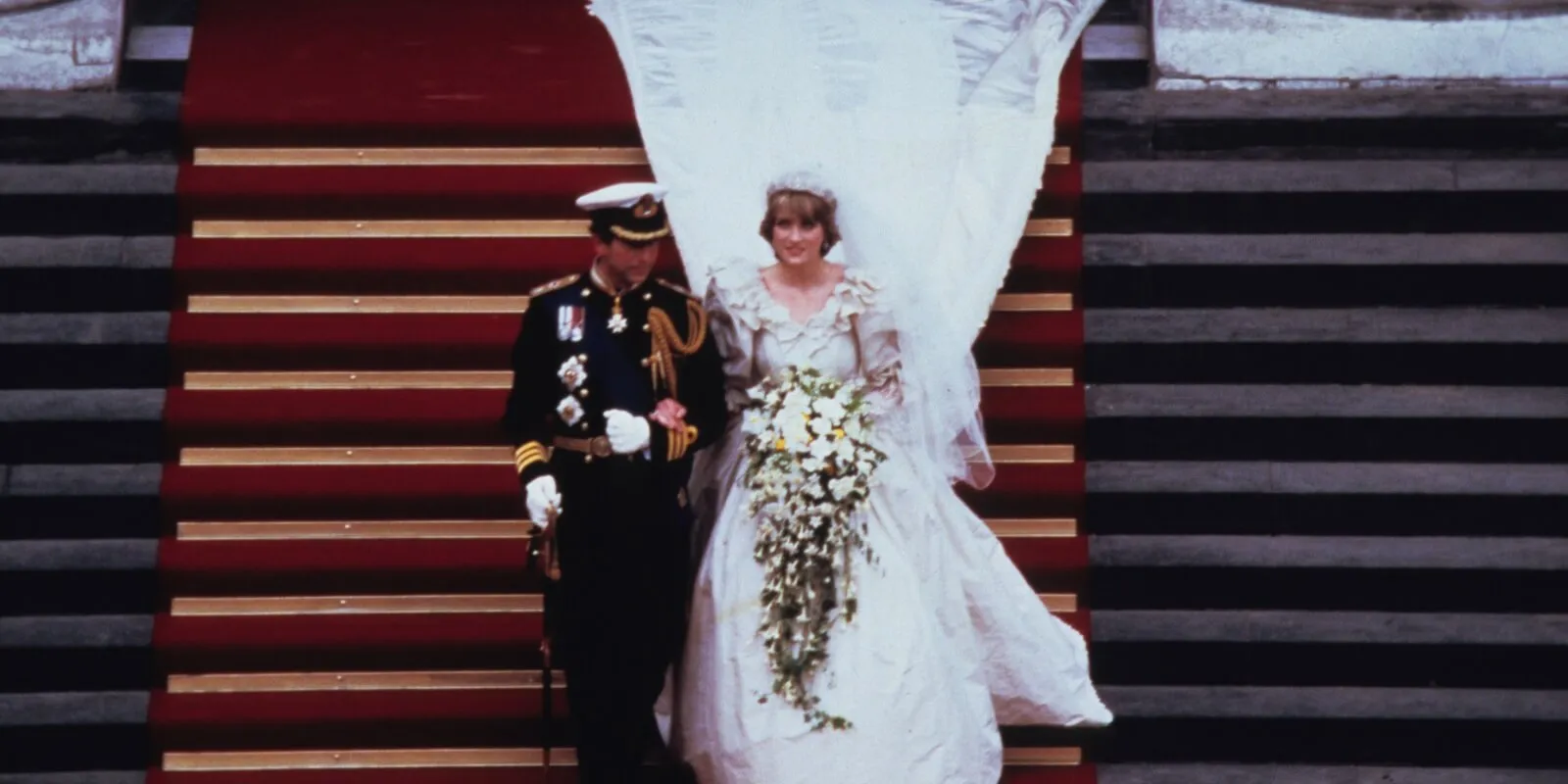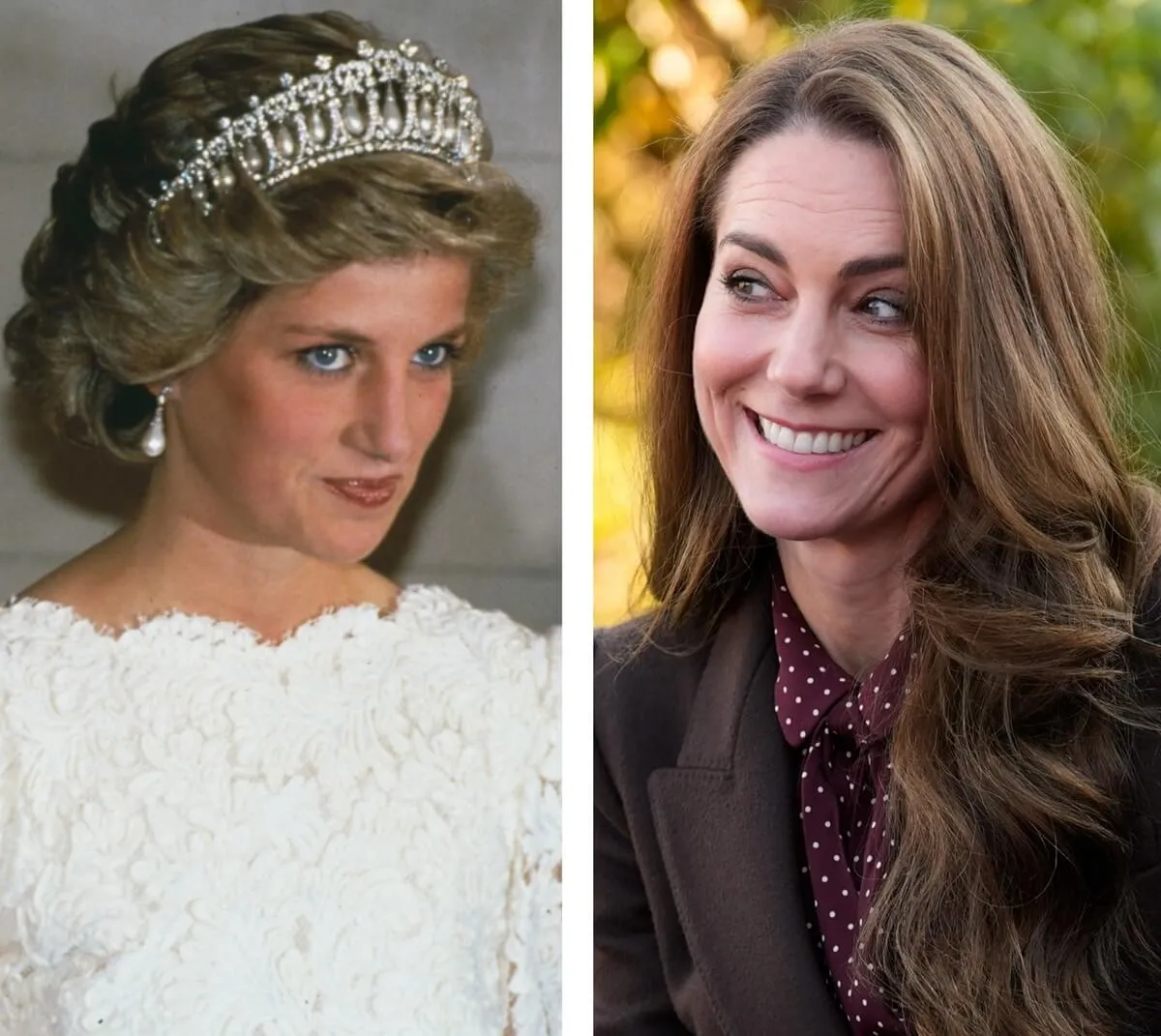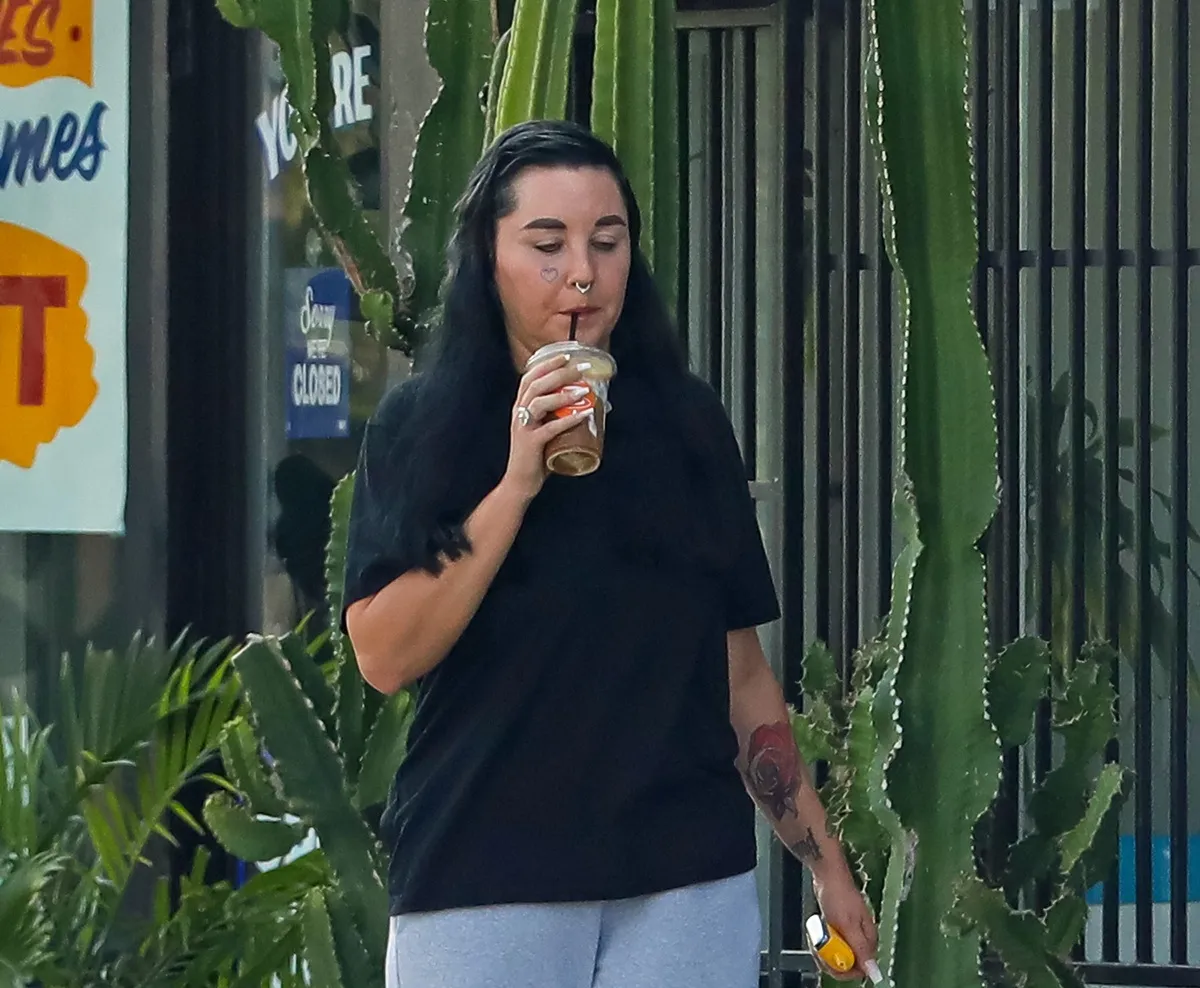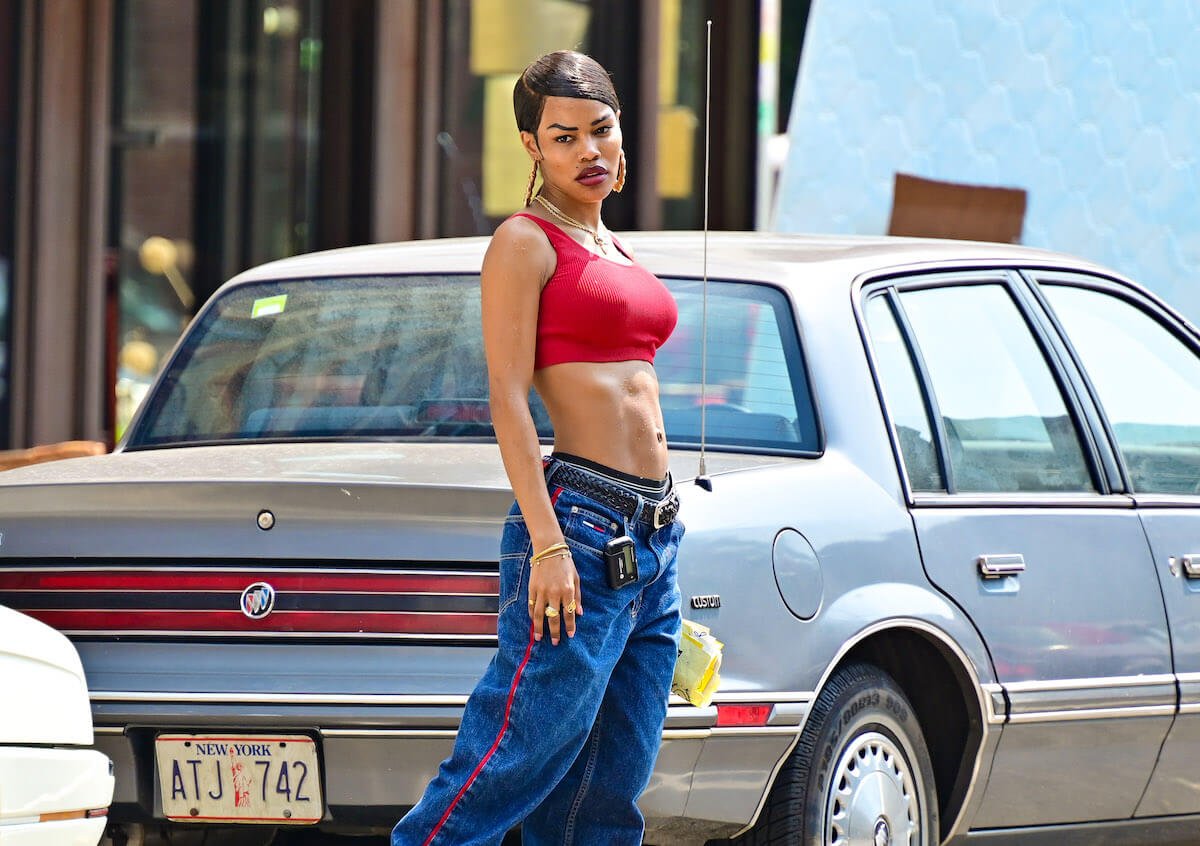
How ‘A Thousand and One’ Recreated the Late ’90s and Early 2000s in Harlem
A Thousand and One is one of the most high-profile indie movies of the year after winning the Grand Jury Prize at the most recent Sundance Film Festival. The story is universal and timeless. It’s also rooted in the specific milieu of Harlem, New York in the late ’90s and early 2000s.
Recreating this location was vital to writer and director A.V. Rockwell during the planning and production of A Thousand and One. She went to great lengths to ensure the movie’s setting was as realistic as the characters.
‘A Thousand And One’ is a passion project for Rockwell
A Thousand and One about a single mother named Inez (Teyana Taylor in her best performance yet). Inez attempts to create a safe and fulfilling life for her child Terry (played at different ages by Aaron Kingsley Adetola, Aven Courtney, and Josiah Cross).
In a profile on Sundance’s official website, Rockwell said that she began working on the script for A Thousand and One in 2016. That’s when she after noticed how her hometown of New York City was changing in real time.
She brought a draft to screenwriting and directing labs at Sundance Institute in 2019. The feedback for Rockwell’s concept was decidedly mixed. Some readers took issue with the characterization of Inez and the negative portrayal of gentrification. But she also found allies such as Oscar-winning writer Micheal Arndt.
One of the best pieces of advice Rockwell got was to add moments of confrontation between Inez and Terry. “I might have been trying to avoid that. I don’t know, subconsciously, I might have been fearful of that,” she says. “But I think in the ways that the conversations at the lab were able to open me up, I feel like when I got home, I was able to write it immediately. I knew exactly where I needed to go.”
Different lenses for different eras
A Thousand and One was shot during the summer of 2021, mostly in Harlem over a six-week period. To approximate the vibe of each time period, handheld cameras with vintage lenses were used to lend a warm and grimy filter to the parts of the movie that take place in the ’90s. Modern lenses and cooler coolers were utilized for the 2000s. An actual Harlem apartment was used for Inez’s home.
This level of attention paid off for the final cut. A Thousand and One is receiving very good reviews. Rockwell is now the third black woman to win the Grand Jury Prize.
She is grateful to the art team for their work on the film’s set design
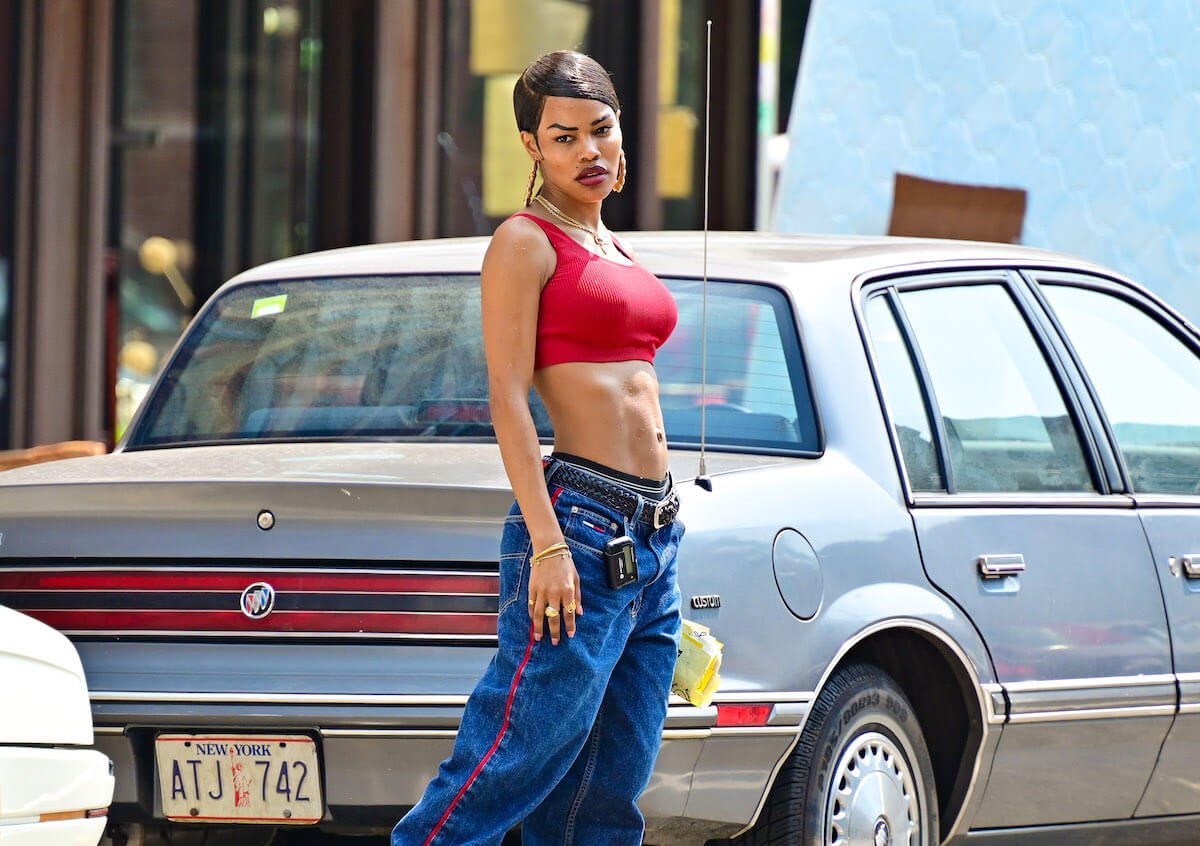
Much of the attention around a film always goes to the star and its director. Taylor and Rockwell deserve all their praise for A Thousand and One. But the production department’s role was to give the movie such a strong sense of place.
It was imperative for Rockwell that Inez’s home felt authentic to the era. Still, she told Collider that achieving that goal was made more difficult due to the lack of visual documentation of black-owned homes in this time period. The director and her team had to get creative to find the right references.
“It was actually when we were location scouting with my production designer, and I was like, ‘There it goes!’ Just certain people in their homes that still had the bedroom sets or certain types of leather couches or whatever, and so we got our iPhones out, and we got all those documents because it’s a lived-in, breathed-in experience of what I felt like I needed to see when I thought of anybody — like all the mommies and aunties that would have been living like Inez,” Rockwell said. “It was really important to get that. And the art team, I was really proud of the work they did to get all of those details right.”
Showing non-gentrified New York took a lot of work
To portray Harlem at the turn of the century is to portray a version of the borough that is now extinct. Gentrification has changed the area’s style and culture dramatically in recent years. That development has left the previous population scrounging for even fewer resources than before.
One reason Rockwell wanted to make A Thousand and One was to show the NYC of her youth, before new money came in and pushed people like Inez further to the margins.
“I felt like a lot of the predominantly Black, or just communities of color in general…It just felt like as the city was changing, they were being targeted, and we were being erased from the city,” she said in a conversation with IndieWire. “That was hard to reconcile because as a native New Yorker who loves the city so much, it made me reflect that maybe the city never loved me, never loved us. Trying to reconcile that originally drew me to the story, and then Harlem being such a mecca not only for Black New York but just Black identity in general, for the African-American story on a global landscape, it’s just such a rich history of who we are. I felt like setting it there really showcased the level of devastation it means.”
The modern renovations the filmmaker calls “glossy things” were hard to keep out of A Thousand and One. In a previous IndieWire First Time Filmmakers panel, Rockwell admitted that one of the challenges of the filming was capturing the aura of a locally-owned bodega while working around the major retailers now taking up so much space.
“There might be a mom-and-pop shop that’s been there for 40 years, but it might be next to a Whole Foods. If we just crop that out, it’s great! But the challenge was more, ‘how do you get all these wonderful places to work for a shoot date?'”
